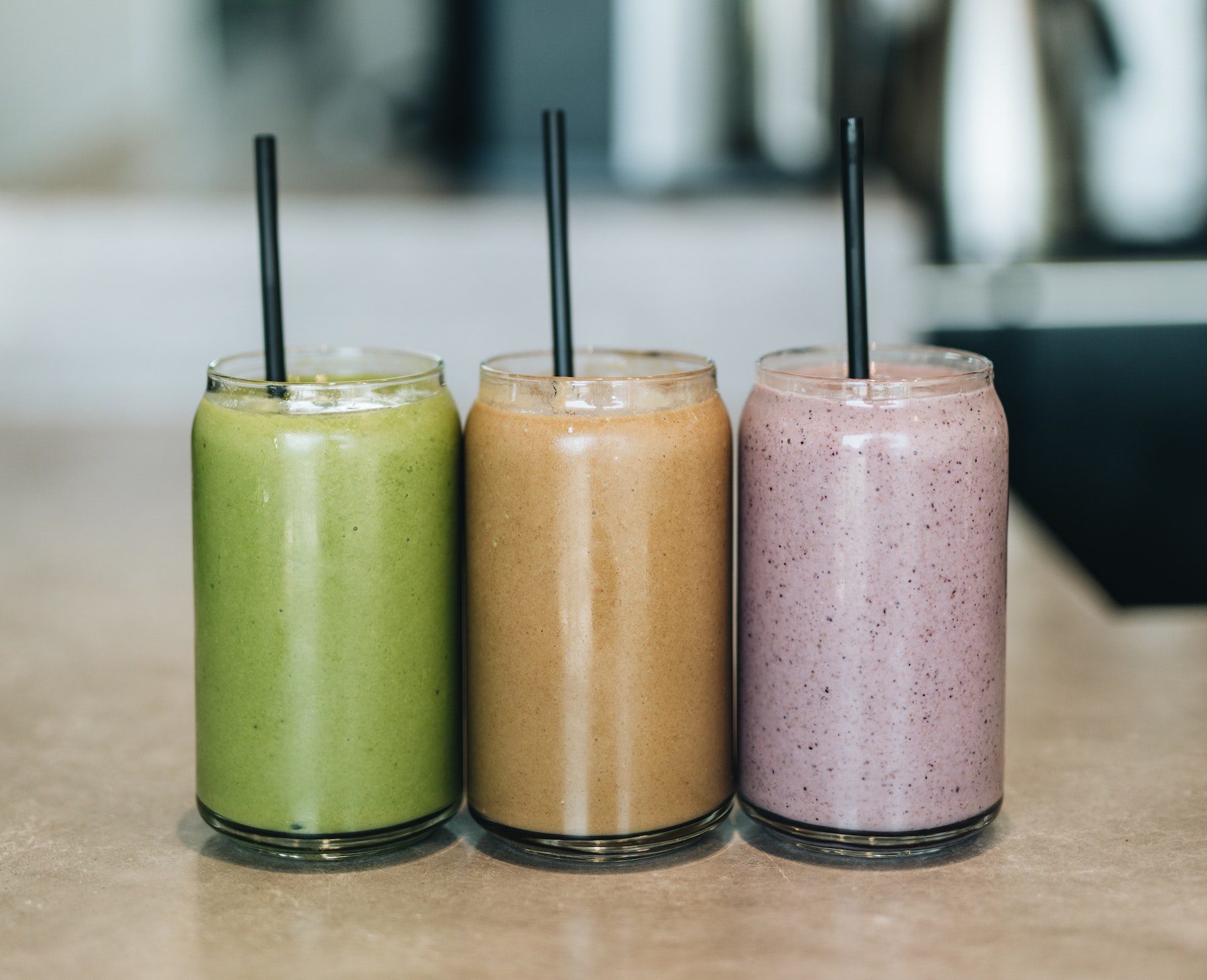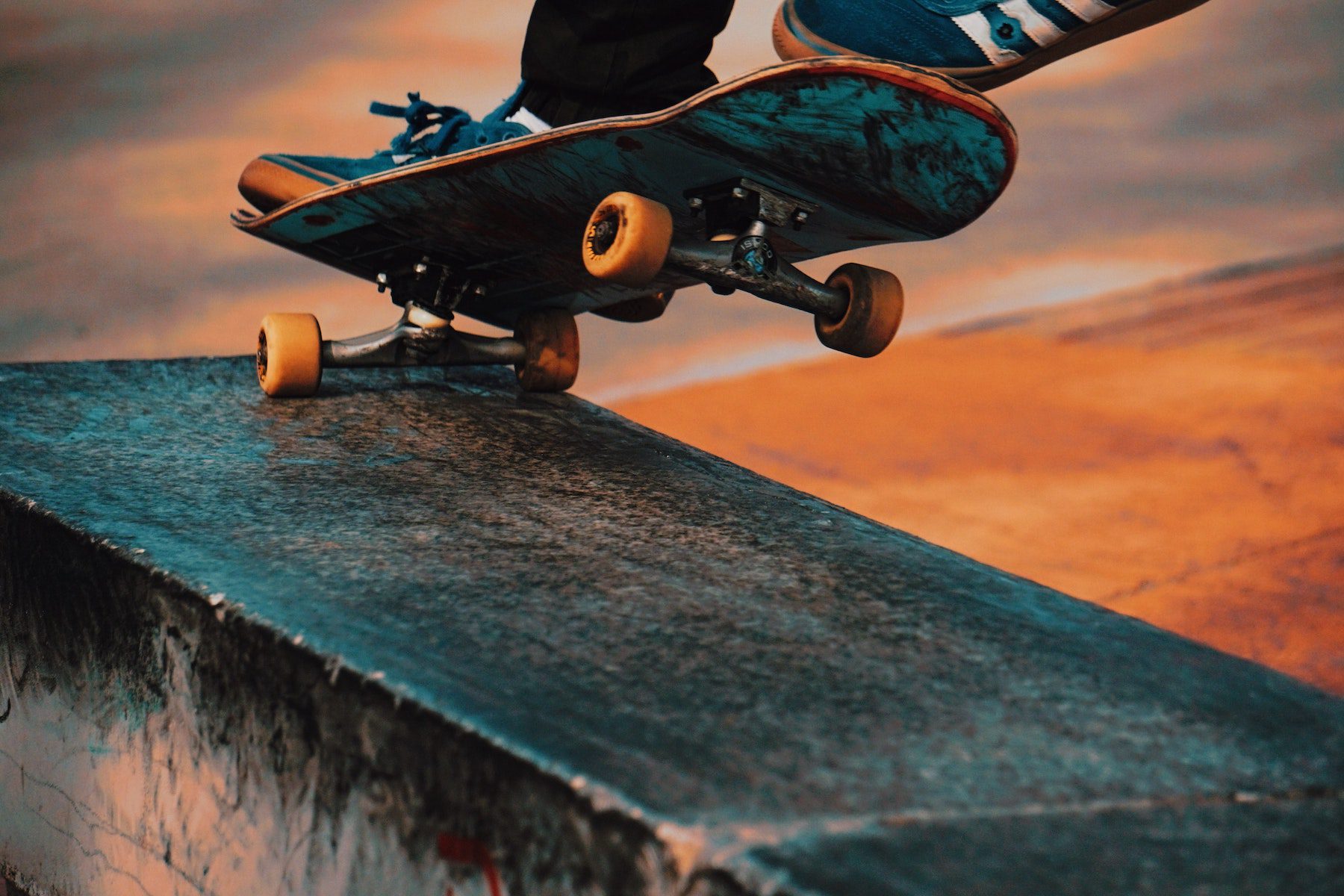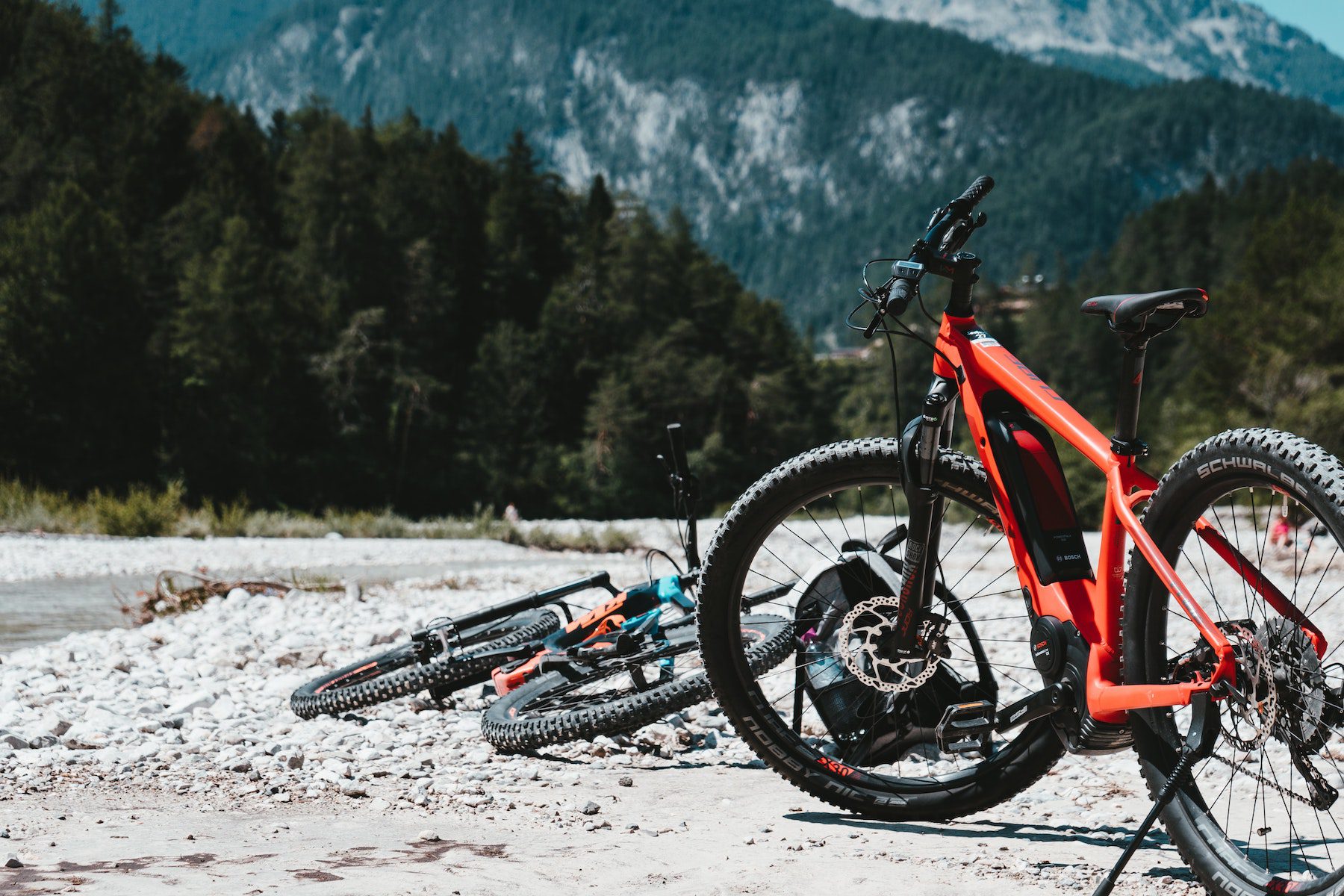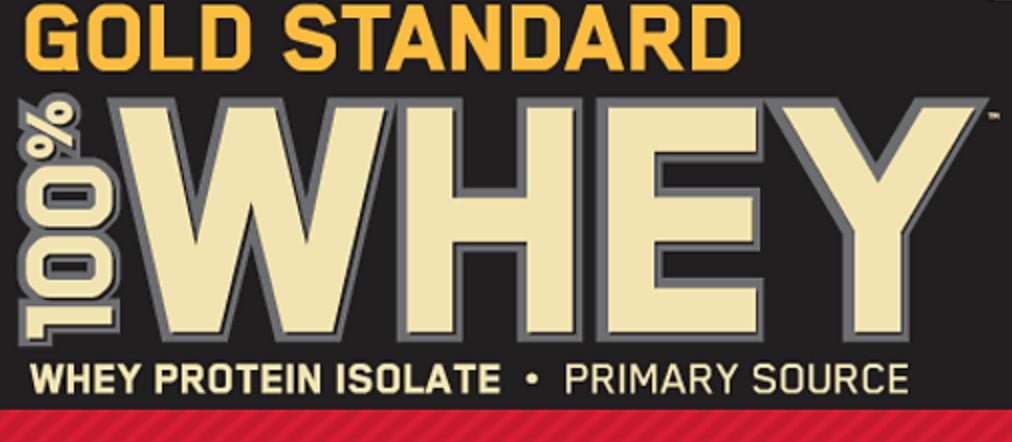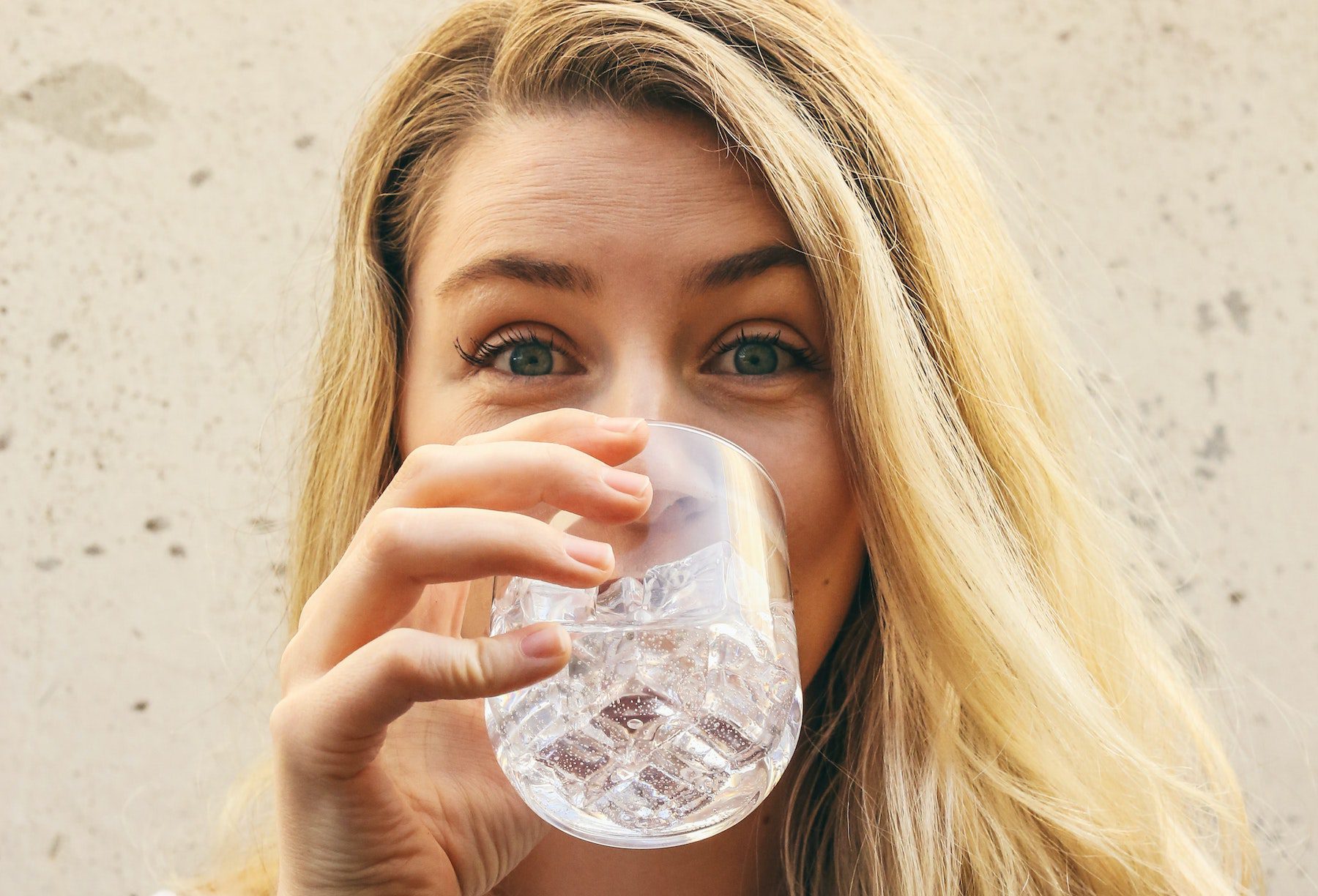Many American sights are built around the probability that people will not only arrive by car, but stay in it as they take in the views. Parking lots, overlooks, scenic highways: they’re all there to make travel as convenient as can be. Planning a bike tour, however, is a way to deepen that sightseeing experience from a totally new vantage point.
It’s as much about the journey as the destination. Hovering between sport and adventure, long-distance cycling is an art of its own. Yet even seasoned riders can get lost amid the logistics when planning a bike tour.
The most crucial element is preparedness. You need to bring the right gear, plan your route efficiently, and know your own limitations.
This comprehensive guide to planning a bike tour covers the basics of preparing for your trip, all the gear you need to bring, and, finally, a list of some of the best destinations in the US to see by bicycle.
Planning a Bike Tour Route

First off, figure out where you want to go, and whether your budget, resources, and willpower will get you there by bike.
More importantly, make sure the roads you’ll be riding are bike-friendly; you don’t want to find yourself pedaling inches away from an eighteen wheeler.
Enter the Adventure Cycling Association, an organization that has been bringing bike touring to the people since 1973. Run by longtime cycling enthusiasts, ACA has compiled an extensive network of bike routes spanning the entire country. Along with hand-picked directions, their maps show food, lodging, and amenities available to cyclists on the road.
There are a number of long, car-free bike paths like the Katy Trail around the country which you can incorporate into your trip. Additionally, the Rails to Trails Conservancy (RTC) converts and maintains miles of multi-use rail trails throughout the country that can be a starting point for a shorter tour.
Chances are someone else has done a tour in your area, so check out Facebook groups to connect with other cyclists and get their recommendations.
Lastly, if you aren’t comfortable riding alone, ACA leads supported tours that might cost you a lot less than a standard vacation.
Overnights and Mileage
Once you know where you’d like to end up, plan your trip depending on where you’ll be sleeping. Everyone’s comfort level is different; you may prefer staying at motels, or you might be up for roughing it in a tent.
Either way, make sure you know where these and other resources are located. If your next campground turns out to be too many miles from the last, you could be left stranded.
This is especially important in terms of grocery stores. You definitely don’t want to get too low on food or water. Never assume there will be a store ahead of you, and keep meticulous inventory of your supplies.
Training before your trip is a smart move, too. Doing longer loops in your area will give you an idea of your daily distance: how far your can ride without overexerting yourself. This will help you map out your tour more efficiently.
Thirty to fifty miles is a good daily average to start with, but be careful not to overestimate your capabilities. Pacing yourself is one of the best things you can do for your body on a bike tour.
What Bike Should You Tour On?
What bike you ride can make a huge difference on tour. Like any decent vehicle, you don’t want it breaking down on you.
Now, that’s not to say you can’t traverse an entire state on a regular road bike. However, if you’re serious about riding long-distance, a touring bike is the way to go. Among all the unpredictable elements of being on the road, having a capable bike is one you do have control over, so don’t risk your safety or comfort with a subpar bike.
If Price Is an Issue
Touring bikes are built to carry weight, have diverse gears to tackle uphills, and can handle unpredictable surfaces thanks to stronger wheels and thicker tires. Your bike will be the biggest investment of your trip.
To put it another way, your bike will be your home, car, and companion, all rolled into one—so it’ll be well worth its higher price point.
For bicyclists on a budget, Craigslist or touring forums are always a good bet to score affordable used bikes and travel or camping gear.
Essential Gear to Pack on a Bike Tour

Before departing on what might be your first bike tour, avoid the common mistake of underestimating the challenge ahead of you.
Even if you’re an experienced traveler, a tour of any length has different demands than a trip by vehicle or other means of transportation. When you’re out and exposed on your bike for multiple hours a day, the obstacles you might face are unpredictable.
Preparing for the trip is the part you actually have control over, so take the time to pack accordingly. This gets easier as you continue touring, but this gear guide is a good start for those who aren’t sure if they are over or under-packing for their first long-distance bike trip.
Apparel
As the saying goes, the weather is never the problem: the way you dress is.
If you’re going to be spending most of the day outside pedaling, have a range of clothing suitable for most conditions. Make sure you’re familiar with the temperature and weather patterns of the region you’ll be touring in, and plan for nighttime cool-downs.
Sweat-Wicking Clothing

Invest in a few pairs of bottoms with sweat-wicking technology (this includes liner shorts, padded shorts, socks, and tights). Cycling- specific fabrics account for how much you sweat while exerting energy, and it’s important that your clothes aren’t soaked when you get off your bike.
Most of these fabrics have antibacterial, odor-free characteristics and dry quickly, making them a good choice for overnight trips. You can rinse them off before bed, then reuse them the very next morning.
Sun Sleeves
Sun sleeves can help you avoid prolonged sun exposure as you bike. These arm warmer-like covers often include cooling technology to keep you comfortable and protected.
Sunscreen needs to be reapplied (and gets messy when mixed with sweat). If you rely only on sunscreen, there’s a good chance you’ll end up oily, caked in grime, and slightly sunburnt by the time you get off the bike. Pulling on a pair of sun sleeves can save you from that Banana Boat headache later on.
Helmet
When choosing a helmet, focus on weight and airflow. Though definitely protective, a hard-shell helmet will not be the most comfortable when you are sweating all day.
The Giro Agilis, Giro Isode, and Specialized Centro are all budget-friendly examples of safe, breathable helmets to take on tour.
Rain and Cold Weather

Rain shouldn’t be a reason to miss a day of riding on tour. Unless conditions are dangerous, you should be able to keep moving even in a drizzle—provided you have a touring bike with capable brakes and tires.
A set of waterproof clothes is a must, even if rain isn’t forecasted in the area. You’ll want a waterproof rain jacket that can keep you warm and dry. Ideally, it will also have a hood that extends completely over your helmet.
Another staple: waterproof pants that can fit over a bottom layer. Showers Pass Club Convertible pants zip off at the knee, have reflective details, and fit snugly.
High-quality waterproof pants will be a financial investment, but one pair can take you through years of flash rainstorms.
The same goes for gloves and shoes. Lightweight waterproof gloves like this Showers Pass Crosspoint Knit pair will prevent your hands from getting pelted with freezing rain.
Base layers are compact enough not to take too much space and will keep you warm on cold nights. If you’ll be sleeping outdoors, be prepared for plummeting nighttime temperatures, especially if you’re planning a bike tour in mountain climates.
They can also be worn under your rain gear as an emergency layer.
Shoes
Your shoe choice is, arguably, the most vital part of your wardrobe to get right when planning a bike tour.
Pack two pairs of shoes: a lightweight low-top option, and a warmer waterproof model.
If you choose to clip in to your pedals, you’ll need the right shoes and cleats. In general, clipping in will give you a more efficient pedal stroke, but how much this matters while pacing yourself on tour is up to you.
If you don’t want to clip in, research flat pedal shoes to find the right fit for you. You will notice that cycling-specific shoes have very stiff soles to protect your foot from the pressure exerted while pedaling.
Since waterproof cycling boots can be higher-priced, consider shoe covers to protect your feet in the rain.
On the Road
Great views and incredible rides are just ahead…but so are flat tires, pouring rain, and pitch-black country roads. Mishaps are inevitable, so prepare for these hazards ahead of time with the right gear.
Lights
USB-rechargeable lights are the norm nowadays, and you can’t go wrong with a front light you can charge anywhere, such as the Blackburn Dayblazer 1100.
With a battery life of up to 12 hours, it’ll give you the visibility and peace of mind you need on tour.
Check out the other Dayblazers on Blackburn’s website, as well, which all come with a lifetime warranty.
Remember to have your front and rear lights turned on at dawn, in fog, and even in shaded areas.
Portable Pump
Again, flat tires are inevitable: no matter how carefully you map your route or research road conditions when planning a bike tour, you’ll lose air along the way. A lightweight portable air pump will make that annoyance a breeze to fix.
Try the Topeak Mini Dual DXG. Its built-in pressure gauge indicates when you’ve gotten your tire into the perfect pressure range.
Waterproof Bags and Panniers
Durable panniers are extremely important, since they protect and carry your entire world when on tour. Make sure you get a waterproof set like these roomy, dry, and sturdy Banjo Brothers panniers.
How you set up your bike is up to you, but two larger panniers in the rear and two smaller ones in the front is a standard. Add a frame bag, handlebar bag and seat post bag for smaller items, like tools and electronics.
Distribute weight evenly. Remember that your rear and/or front racks are a good storage option for your tent, sleeping bag, and other bulky items.
Camping

If you’re planning on relying on motels and other indoor lodging on tour, you’re all set with the gear listed above.
If you’re camping, however, you’ll need a few specific items to make sure you’re well-rested when you tumble out of that tent and onto your bike.
Tent
This one’s a given, but quality matters. Ideally, invest in a weather-resistant and ventilated tent like Coleman’s Skydome Camping Tent.
Used gear will suffice just fine, of course, but make sure there’s no damage to the tent that can compromise your comfort, like holes or broken zippers.
Speaking of holes: if your tent doesn’t come with one, bring a patch kit to mend rips and tears quickly.
Additionally, consider lightweight options to minimize your load. Before departure, practice setting your tent up and breaking it down.
Sleeping Bag/Pad
Mummy-shaped sleeping bags are popular among cyclists because of their portability and warmth factor. A blow-up sleeping pad is a lightweight addition to your setup that will keep your back comfortable and protected.
Also, if you have the space, you can’t go wrong with a water-resistant blanket to either put underneath your sleeping bag for insulation, or to wrap yourself up in on stormy nights.
Cookware
If you’re planning a bike tour that’s on the longer side, you’ll probably cook at least some of your own meals.
A portable gas stove like the Olicamp Ion Micro Titanium Stove and a camping pot can help you eat healthier and save money. The Olicamp runs on fuel canisters, allowing you to make anything from outlaw coffee, to a nice, hot plate of pasta.
It might sound like the last thing you want to do at the end of a six-hour bike ride, but preparing something hot is a huge plus. This is especially true if you find yourself in an area without restaurants (or pull into a campground late).
Using the stove is almost like throwing together a quick dinner at home—even if your apartment kitchen is a little nicer than that rotting picnic table.
When Planning a Bike Tour, Gear Matters Too
Even if you’re on a tight budget, what you bring with you on tour will determine the quality of your experience.
By no means do you need to have the latest camping gear or technology to enjoy yourself and stay safe, though. It’s just a matter of basic human needs for nutrition, shelter, and warmth. And these needs become very obvious when you’re on the road.
Touring is inconvenient by nature. That’s part of its appeal, however. It pushes you out of your comfort zone, and into new places, interactions, and (hopefully) perspectives. Packing properly with gear that keeps you warm, dry, comfortable, and hydrated will make your tour unforgettable.
Bike Touring Destinations in the U.S. (By Region)

When planning a bike tour, it’s tempting to want to see it all in as little time as possible. Keep in mind, though, that sight-seeing on a bike is vastly different from traveling by vehicle.
You’re your own engine, and you don’t want to burn out between Point A and Point B. It’s better to choose a handful of must-see destinations and actually enjoy your ride, rather than conquering a massive travel checklist all in one tour.
Starting out close to home is a good idea if you’re new to bicycle touring. Check to see if there are any bicycle loop trails near you. Your endurance is usually lower, and the discomfort of long rides will be mitigated if you give yourself plenty of time between destinations to rest.
But, if you have some touring experience and are looking for a challenge, customize your path by connecting existing routes like those created by the Adventure Cycling Association (ACA). The ACA website also offers access to the U.S. Bicycle Route System (USBRS), a collection of state- approved bike routes throughout the country.
The following is a list of destinations that can be reached by bike in different regions of the United States. Always exercise caution when biking on shared roadways.
Northeast
While it can take weeks to explore every corner of New York City by bike, the rest of the state is better suited for a long tour. (Scenically, at least).
State Bicycle Route 9 can take you from the city to the Canadian border, 345 miles to the north. After the riverside views of the Hudson Highlands, the ride climbs into the Adirondack Mountains, which boast some of New York’s wildest terrain.
Prepare for plenty of uphills, maple syrup, and lakeside communities like Lake George Village, or the quieter Schroon Lake.
Once you hit the banks of Lake Champlain, take a detour to Vermont via the Lake Champlain Bridge, or the ferry from Port Kent to Burlington.
For an east-west excursion, the 360-mile Erie Canalway cuts across the state, following the historic Erie Canal.
Expect rolling farmland, canal locks, and towns bearing the evidence of New York’s role in the Revolutionary War.
If you’re traveling west, your finish line will be the roaring trio of Niagara Falls.
Appalachia
If you’re looking for elevation along with history, and one of the coolest places to visit, Virginia has a lot to offer for those on two wheels.
For an extended experience, get on the TransAmerica Trail (U.S. Bicycle Route 76) in coastal Yorktown. The route travels the entire length of Virginia, crossing borders at Kentucky’s Breaks Interstate Park.
The Virginia portion of the route measures over 400 miles, taking you over the Blue Ridge Parkway in the western part of the state.
Often remote, wooded, and gorgeous, this section of the TransAm is diverse enough to plan an entire trip around. Try out detours like the Creeper Trail, which is a 34-mile long bike path connecting Abingdon, Virginia, with the Appalachian Trail town of Damascus.
Don’t miss colonial Williamsburg, downtown Charlottesville, or historic Roanoke, either. Be ready for long climbs once you reach the breathtaking Blue Ridge Mountains.

Southeast
If you’re further down the coast, the East Coast Greenway is a one of a kind resource to take advantage of when planning a bike tour.
Good news: you can make your Greenway ride as long as you want. The entire trail is 3,000 miles long, stretching from the Florida Keys to Maine’s rocky beaches.
The entire Florida coast can be a shorter section ride. Starting in Key West, the greenway ride to Jacksonville totals about 600 miles, including stretches of pristine Atlantic beach, Spanish colonial architecture, and just as much greenery as sand.
Midwest
The Midwest is vast, but Missouri’s Katy Trail is within a day’s drive from several large cities, including Chicago, Kansas City, and Louisville.
This is another cross-state ride, beginning just outside of St. Louis and ending in Clinton, Missouri. Over the trail’s 240 miles, experience trailside communities like Sedalia, Augusta, and Rocheport.
The trail mostly gravel, so prepare accordingly. You’ll need thicker tires and, ideally, a mountain or gravel bike.
The Katy Trail is a green, serene, and traffic-free choice for a shorter tour. With multiple access points by car or Amtrak, it can be forgiving to those who aren’t used to riding long-distance.
Southwest

Tucson is a dream destination for winter cyclists. Since the establishment of Arizona’s Bike Route 90, it’s easier to make the city a focal point of a long-distance tour.
Route 90 is about 575 miles. It extends from Cochise County (home of the quaint mining town of Bisbee) to Maricopa county in the western part of the state.
From the Sonoran desert, cyclists can pedal north through Tucson, traverse Phoenix, and ride to the California border.
Though the remote nature of the route requires advance planning, there’s nothing quite like experiencing the vastness of the landscape at a cyclist’s pace.
In Tucson, make sure to ride the paved Loop around the city, and try the Cactus Forest Loop in Saguaro National Park. The Park offers multiple cycling trails and striking desert fauna making it one of the best national parks to visit for cycling. Get in at sunrise or sunset for golden views!
West
The Oregon coast is one of the west coast’s most popular touring destinations.
The Oregon Coast Bike Route will take you from Astoria, in the state’s Northwest corner, to Brookings, a town tucked into the southern Oregon coastline.
Windy and wild, the route rarely strays from the shoreline. You’ll pedal right along the Pacific, with stops in seaside towns like Cannon Beach and Florence.
Ride north to south to avoid headwinds. Expect drizzle, fog, and dramatic cliffside scenery.
If you end up in Brookings and are craving more, hop on ACA’s Pacific Coast Route. You can follow it south through California all the way to the Mexican border.
Remember to pace yourself, research cycling conditions in the areas you’ll be passing through, and be proud of every mile.
More Helpful Tips for Planning a Bike Tour
You’ve got a route in mind, proper gear, and a departure date. But before you embark on that epic bike tour, here are some final tips to make that ride as legendary as possible.
- Allow for rest days. Your body will be challenged during your ride. Taking a day once or twice a week to relax will keep your spirits up (and your muscles grateful).
- Don’t set hard mileage expectations. While you’ll sometimes need to bike a certain distance to get to where you’re sleeping or eating, give yourself the option of biking less or more whenever possible. Planning a bike tour with that little bit of “cushion” will make all the difference in how you feel afterwards. Listen to your body, and remain as flexible as you can.
- In a pinch, a local fire or police station may point you towards a safe place to camp, or even let you pitch a tent on their premises.
- Bike shops and churches are often willing to give pointers. Oftentimes, you can call ahead to scope out the situation.
- Don’t underestimate dogs! Your first instinct might be to out-bike them, but that can go terribly wrong if an animal gets underneath your wheel. If your air horn isn’t successful, stop and shield yourself with your bike. Yelling at the dog while pointing at it can assert your dominance. Continue making yourself loud and large while backing away until it’s safe to get back on your bike. If you can wave down a passing car, the motorist can honk at a dog to scare it away.
- Pay attention to bear-prone areas you might be crossing and camping in. Bring bear bags and bear spray just in case.
- Unless you’ll be staying indoors, prepare to be shower-free for a while. Bring a quick dry towel for when you do shower. In the meantime, a simple washcloth and Starbucks sink might have to do. If you’re lucky, you may be able to find a couple showers on the road.
- Use lights at night, early in the morning, while riding in fog, or any instance when visibility is less than ideal.
- Do all you can to make it easier for yourself. That might mean saving up for a weekly hotel stay, or listening to music as you ride.
Remember Why You’re Riding

Don’t forget that your trip is an adventure as much as it is an endeavor. It isn’t easy but planning a bike tour properly can deliver an unforgettable travel experience no other transportation method offers.
Touring is a special way to experience the country at a rare pace. It allows you to directly interact with the world around you. On your bike, the weather matters. The way the land dips and rolls matters, because it’s under your tires.
Being out on the road brings you closer to coexisting with both the natural and man-made. You might walk away knowing more about your capabilities and limitations.
Better yet, you might choose not to walk away at all.
So, the next time you’re feeling a little bored, get out on that bike and hit the open road. Enjoy that crisp air, the cool breeze rushing past you, and the beautiful scenery that surrounds you.


















